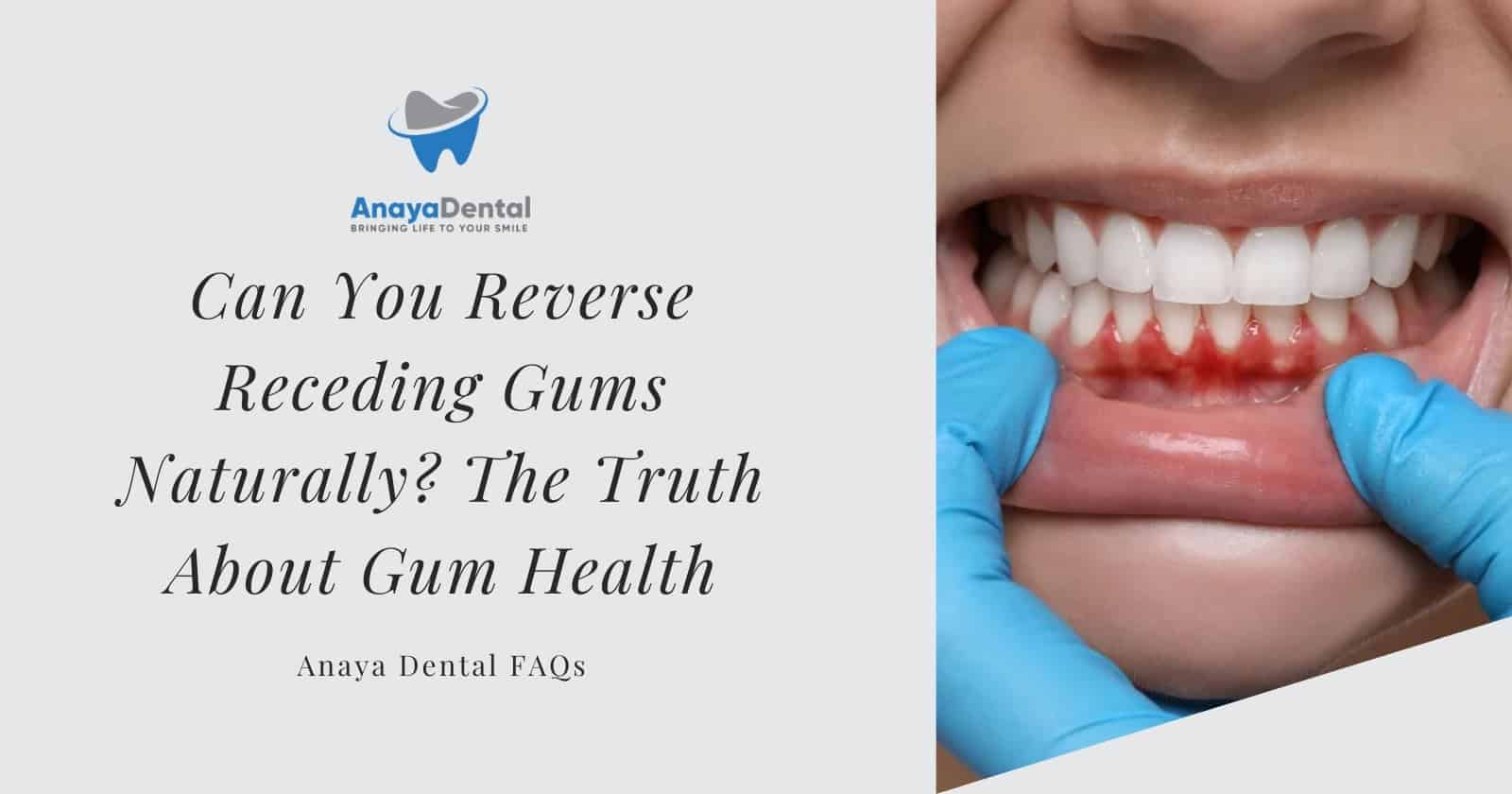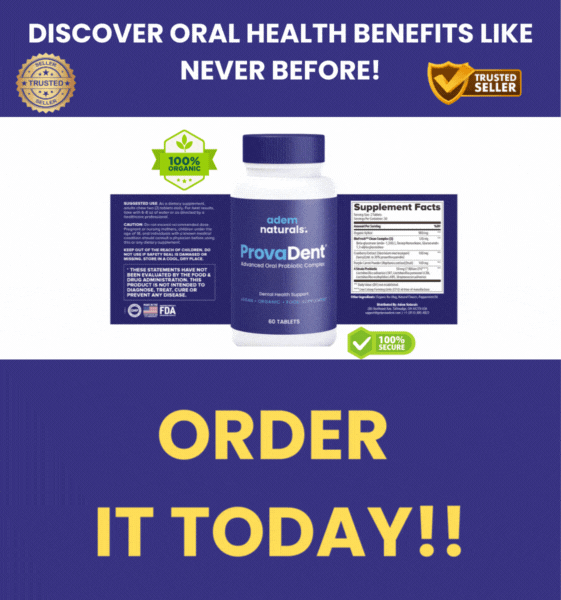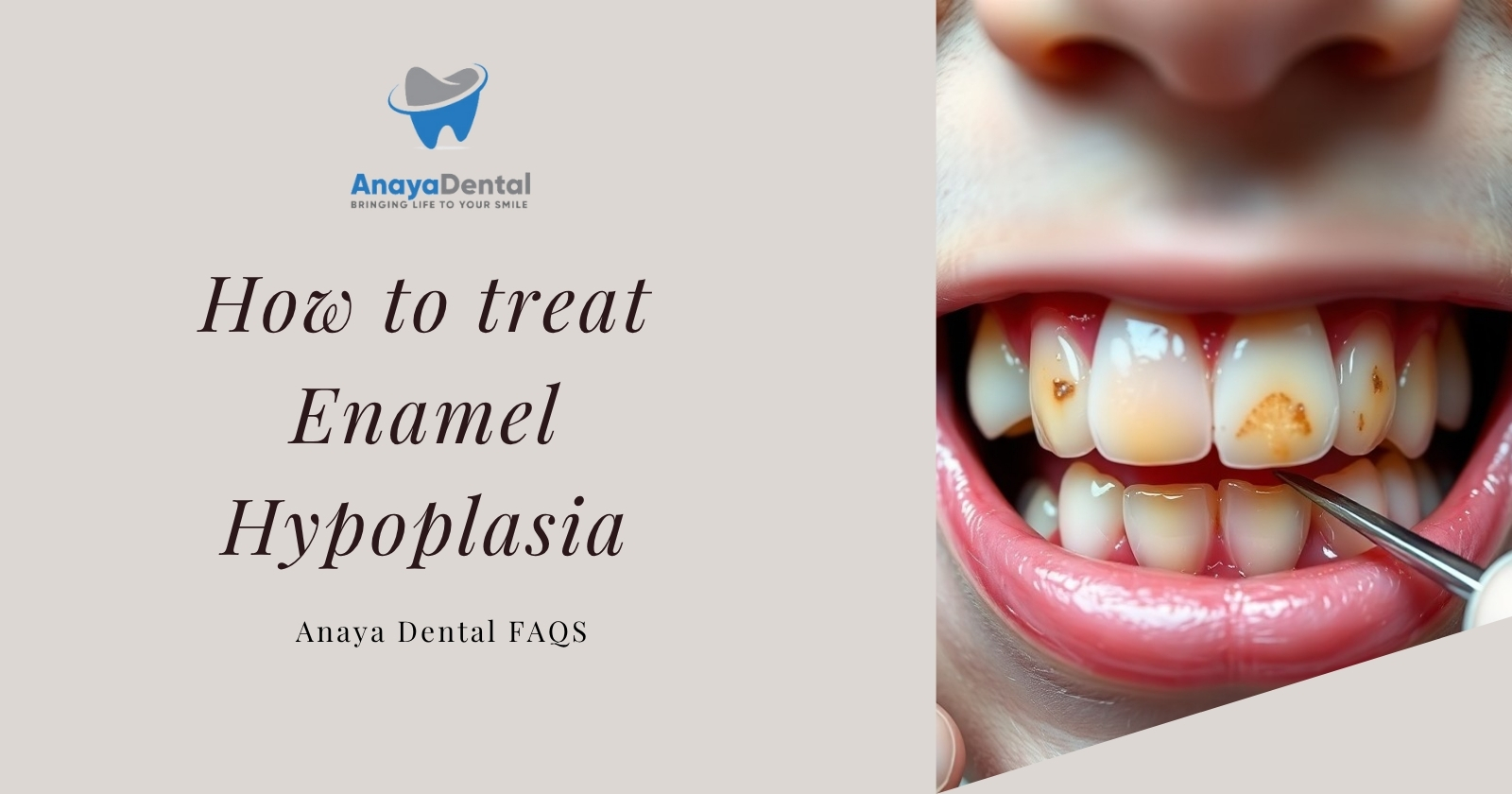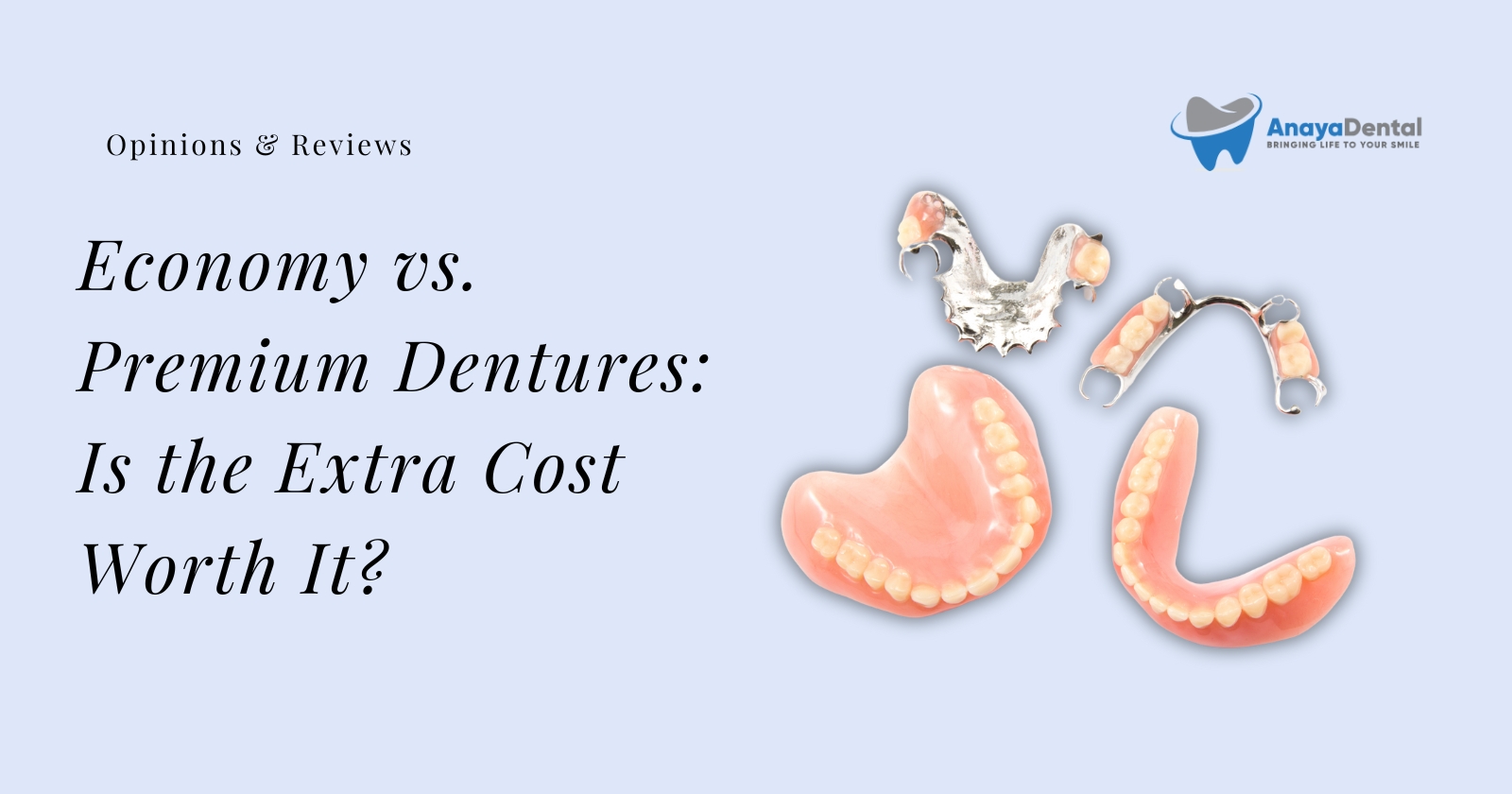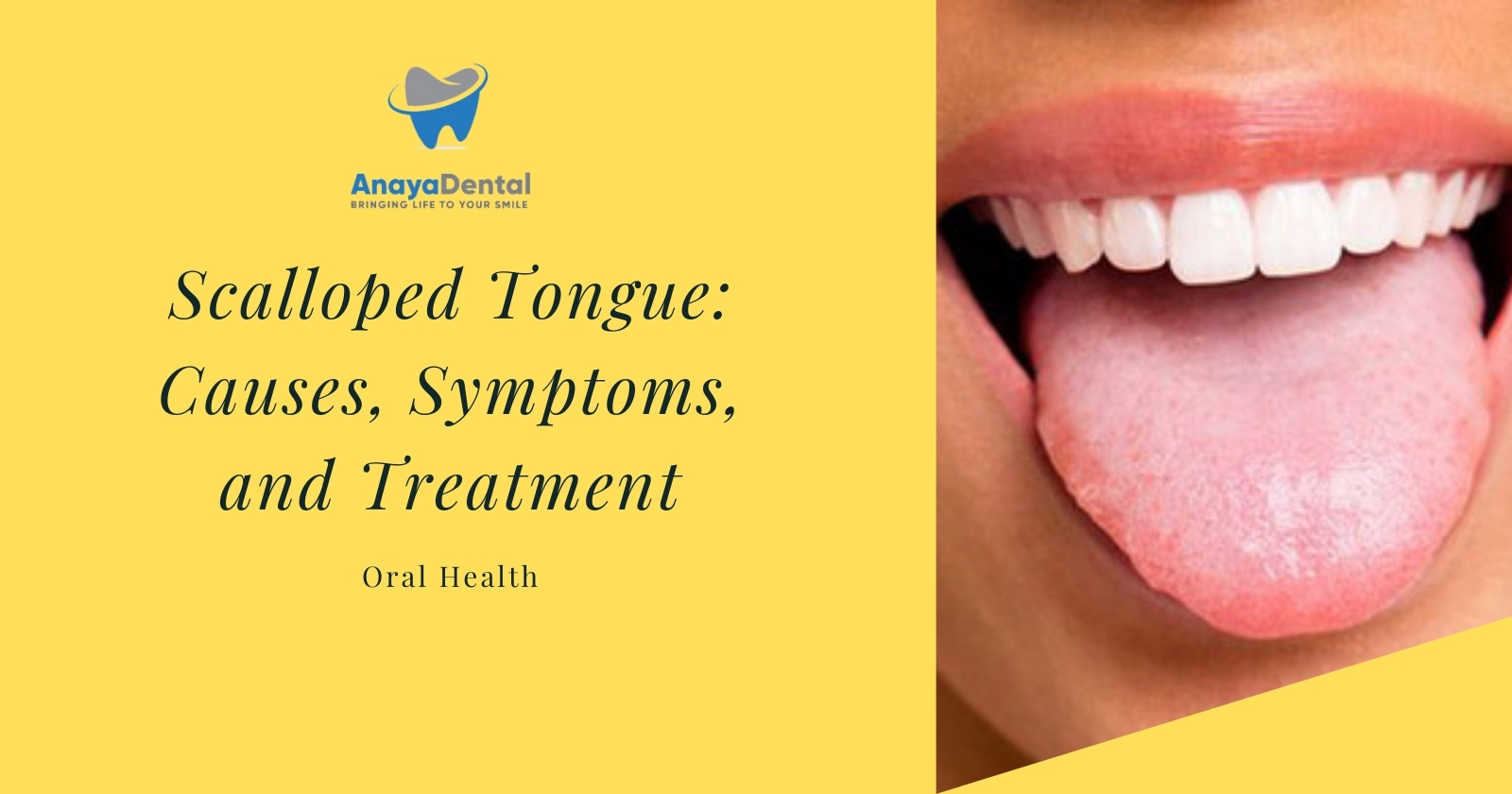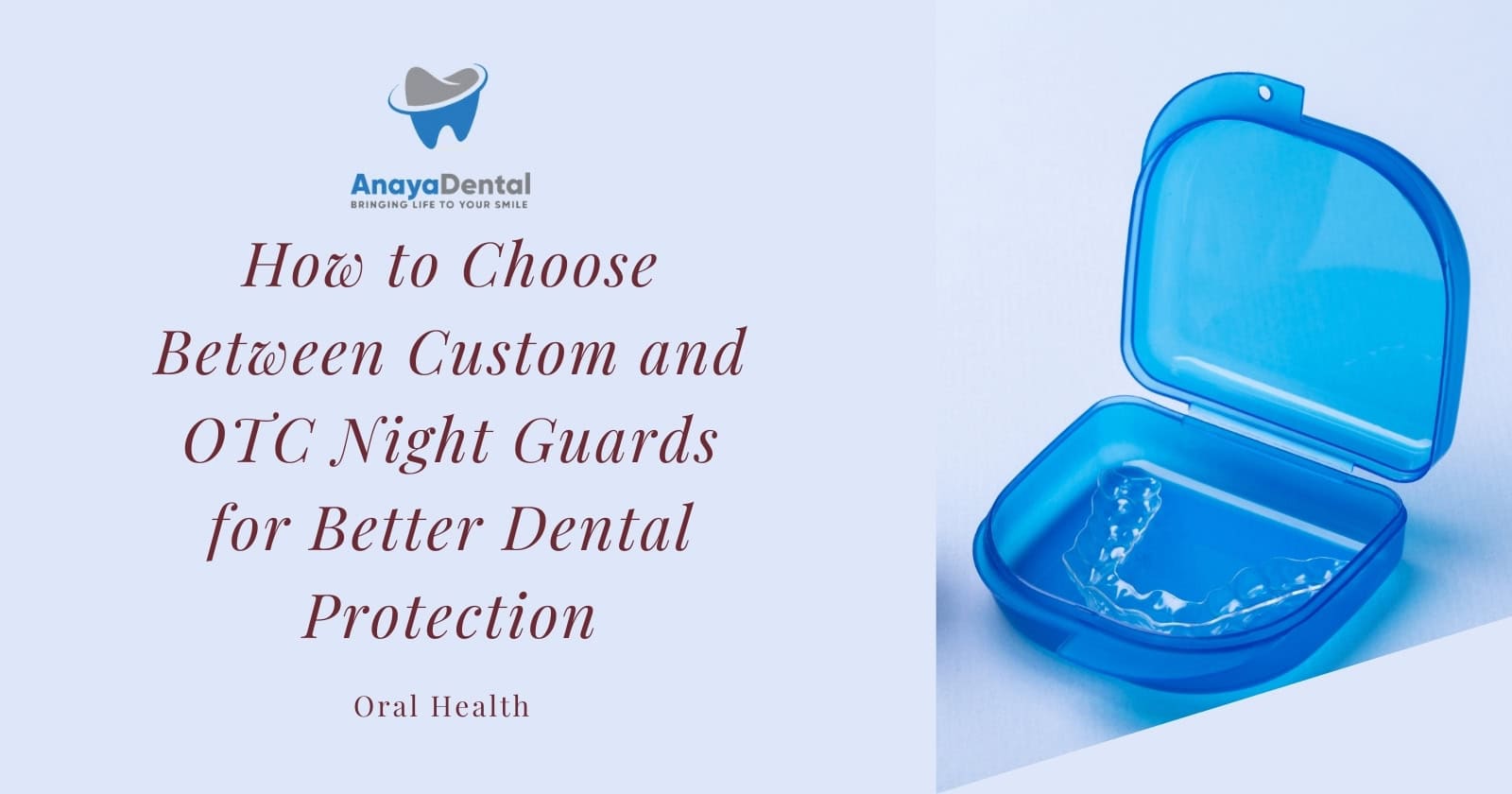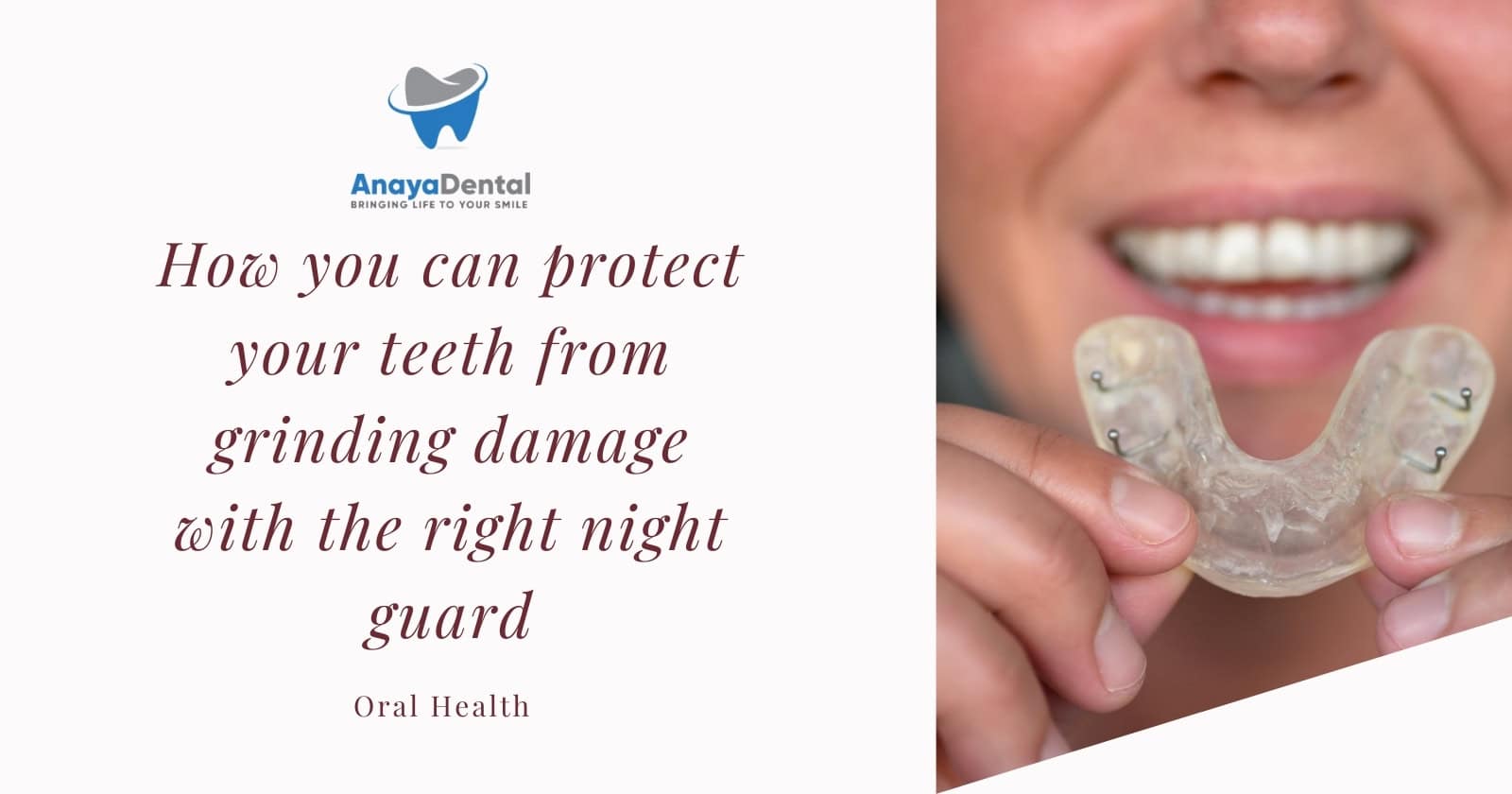If you’ve noticed your teeth looking longer or felt increased sensitivity when enjoying hot or cold foods, you might be experiencing receding gums. This common condition affects more than half of Americans over 30 years old and can begin as early as your teenage years. As someone who’s researched extensively into natural oral health remedies, I want to share what actually works for managing receding gums, what doesn’t, and when you should seek professional help.
Understanding Receding Gums: What’s Really Happening
Receding gums (gingival recession) occurs when the gum tissue surrounding your teeth pulls back or wears away, exposing more of your tooth or its root. This creates gaps between your teeth and gum line where harmful bacteria can accumulate. If left untreated, these pockets can lead to tooth sensitivity, decay, and eventually tooth loss.
Many people notice this condition first through increased tooth sensitivity, especially to hot, cold, or sweet foods. You might also observe:
Try Our Dental Calculators
- Teeth that look longer than before
- Visible tooth roots
- A notch you can feel near the gum line
- Changes in how your bite feels
The Hard Truth: Can Receding Gums Grow Back Naturally?
Let me be straightforward with you: receding gums cannot naturally grow back once they’ve receded. Unlike some tissues in our body that regenerate easily, gum tissue does not have this ability. When gums pull back, they will not return to their original position without intervention.
This doesn’t mean all hope is lost. While natural remedies cannot reverse recession, they can:
- Prevent further recession
- Reduce inflammation
- Fight harmful bacteria
- Improve overall gum health
- Make your mouth more comfortable
So while we should be realistic about what’s possible, there’s still much we can do naturally to manage and prevent worsening of this condition.
What Causes Receding Gums?
Before diving into solutions, let’s understand why gums recede in the first place:
Periodontal Disease
The most common cause is bacterial infection that destroys gum tissue and the bone supporting your teeth. These infections usually result from plaque buildup due to inadequate oral hygiene.
Overly Aggressive Brushing
Surprisingly, trying too hard to maintain clean teeth can actually damage them. Brushing with too much force or using hard-bristled toothbrushes can wear away your gum tissue over time.
Lifestyle Factors
Smoking and tobacco use dramatically increase your risk of gum recession by restricting blood flow to gum tissues and introducing harmful chemicals to your mouth. Even mouth jewelry like lip or tongue piercings can traumatize gum tissue when they repeatedly rub against it.
Physical Factors
Do you wake up with a sore jaw? Teeth grinding (bruxism) puts excessive pressure on your teeth and gums, causing recession over time. Similarly, misaligned teeth create uneven pressure that can lead to recession in certain areas.
Genetic Predisposition
Some people naturally have thinner gum tissue or are more susceptible to gum disease due to genetics. Additionally, some degree of gum recession is a natural part of aging.
Natural Approaches to Managing Receding Gums
While these remedies won’t make gums grow back, they can help manage symptoms, fight bacteria, reduce inflammation, and prevent further recession when used alongside proper oral hygiene.
1. Oil Pulling: An Ancient Practice Worth Trying
Oil pulling involves swishing oil around your mouth for 15-20 minutes to remove bacteria and reduce plaque. While it might sound strange, this Ayurvedic technique has shown promising results in improving gum health.
How to practice oil pulling:
- Take one tablespoon of high-quality oil (coconut oil works best due to its antimicrobial properties)
- Swish it around your mouth for 15-20 minutes
- Spit out the oil (never swallow it as it contains bacteria and toxins)
- Rinse with warm water and brush normally
Coconut oil is particularly effective because it contains lauric acid, which has antimicrobial properties that help prevent Streptococcus mutans bacteria from damaging tooth enamel. If you find coconut oil too thick, sesame or sunflower oils are good alternatives.
2. Saltwater Rinses: Simple Yet Effective
Sometimes the simplest remedies are the most effective. Saltwater rinses help reduce inflammation and fight bacteria in the mouth. The antibacterial properties of salt make it useful for addressing gum inflammation and irritation.
To create a saltwater rinse:
- Mix one teaspoon of salt with a cup of warm water
- Rinse your mouth with the solution for 30 seconds
- Repeat 2-3 times daily
This simple solution can significantly reduce bacteria that contribute to gum inflammation and recession.
3. Herbal and Plant-Based Remedies
Green Tea
Rich in antioxidants and polyphenols, green tea helps reduce inflammation and promotes gum health by fighting bacteria and plaque buildup. Try drinking 1-2 cups of unsweetened green tea daily or using cooled green tea as a mouth rinse.
Aloe Vera
Known for its soothing and healing properties, aloe vera can be applied directly to inflamed gum tissues. A recent study from 2024 found that applying aloe vera gel just under the gums along with professional cleaning was more effective at reducing bacteria and inflammation than cleaning alone.
How to use aloe vera for gums:
- Apply pure aloe vera gel directly to affected gum areas
- Massage gently for 1-2 minutes
- Leave on for a few minutes before rinsing
- Repeat 2-3 times daily
Eucalyptus Oil
With powerful anti-inflammatory and antibacterial properties, eucalyptus oil can help reduce plaque, fight gum disease, and reduce gum swelling.
Important: Always dilute essential oils before using them in your mouth. Mix 1-2 drops of eucalyptus oil with 1-2 tablespoons of a carrier oil like coconut oil before applying to gums.
Turmeric
The active ingredient in turmeric, curcumin, has impressive anti-inflammatory and antibacterial properties that help reduce gum inflammation. You can apply turmeric gel or make a paste by mixing turmeric powder with water to apply to affected gums.
4. Nutritional Support for Gum Health
Your diet plays a crucial role in maintaining healthy gums. Focus on:
Vitamin C-Rich Foods
Vitamin C is essential for gum health as it helps produce collagen, a protein crucial for maintaining strong, elastic gum tissue. A deficiency can lead to inflammation and bleeding gums.
Add these vitamin C powerhouses to your diet:
- Citrus fruits (oranges, grapefruits)
- Strawberries
- Bell peppers
- Kiwi fruit
- Broccoli
- Leafy greens
Omega-3 Fatty Acids
These essential fatty acids help reduce inflammation throughout the body, including in the gums. Good sources include:
- Fatty fish (salmon, mackerel, sardines)
- Flaxseeds and chia seeds
- Walnuts
- Fish oil supplements
5. Perfecting Your Oral Hygiene Routine
The foundation of gum health is consistent, proper oral hygiene:
Gentle brushing technique: Use a soft-bristled toothbrush and brush at a 45-degree angle to your gums using gentle, circular motions. Brushing too aggressively can actually worsen recession.
Flossing daily: Floss gently between all teeth once daily to remove plaque that brushing can’t reach.
Consider using a water flosser: These devices can be gentler on receding gums while still effectively removing plaque between teeth.
Avoid tobacco products: Smoking and chewing tobacco significantly increase your risk of gum recession and other oral health problems.
Limit sugary foods: Sugar feeds harmful bacteria that can contribute to gum disease and recession.
When Natural Isn’t Enough: Knowing When to See a Professional
Natural remedies should complement professional dental care, not replace it. See a dentist if you experience:
- Noticeable gum recession
- Increased tooth sensitivity
- Bleeding gums
- Loose teeth
- Persistent bad breath
- Pain or discomfort
Early intervention is crucial, as severe gum recession may require professional treatments that natural remedies cannot address.
Professional Options for Severe Receding Gums
When natural approaches aren’t sufficient, several professional treatments can help:
Scaling and Root Planing
This deep-cleaning procedure removes plaque and tartar from below the gumline and smooths the root surfaces to help gums reattach to teeth.
Gum Grafting
For severe recession, surgically grafting tissue from another part of the mouth (usually the palate) to cover exposed roots can protect vulnerable areas and improve appearance.
Pinhole Surgical Technique
A less invasive alternative to grafting, this procedure involves making a small hole in the gum tissue and repositioning it to cover the exposed root.
Laser Treatment
Innovative laser treatments can stimulate tissue growth and aid in treating periodontal disease that contributes to recession.
Prevention: Your Best Strategy
Since gums cannot grow back naturally, prevention is your most powerful tool:
- Master proper brushing technique with a soft-bristled toothbrush
- Floss daily to remove plaque between teeth
- Address teeth grinding with a night guard if necessary
- Quit smoking and avoid tobacco products
- Maintain regular dental check-ups and professional cleanings
- Consider orthodontic treatment for misaligned teeth or bite issues
- Eat a balanced diet rich in nutrients that support gum health
The Bottom Line on Reversing Receding Gums Naturally
While receding gums cannot grow back naturally, you can take meaningful steps to manage symptoms, improve overall gum health, and prevent further recession. Combining natural remedies like oil pulling, saltwater rinses, herbal treatments, and proper nutrition with excellent oral hygiene forms a solid foundation for maintaining your gum health.
Remember that these natural approaches work best when paired with regular professional dental care. By taking a comprehensive approach to your oral health, you can protect your gums, prevent further recession, and maintain a healthy smile for years to come.
Have you tried any natural remedies for your gum health? Share your experiences in the comments below!
